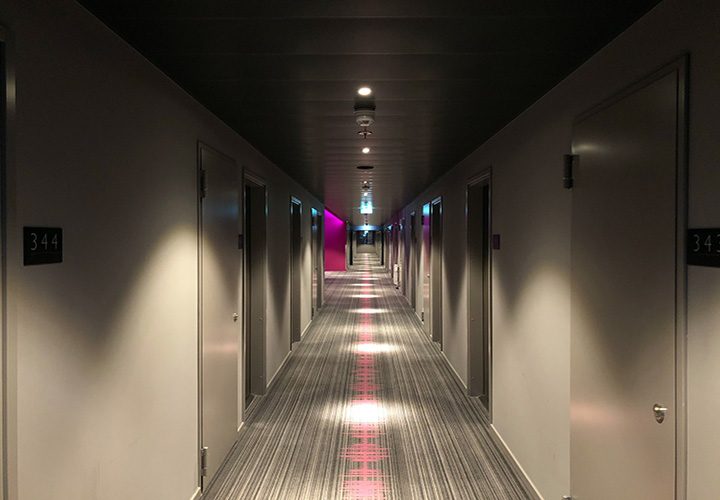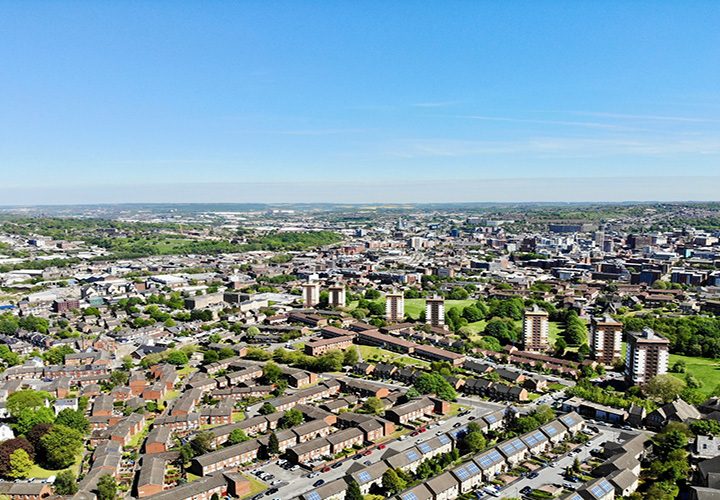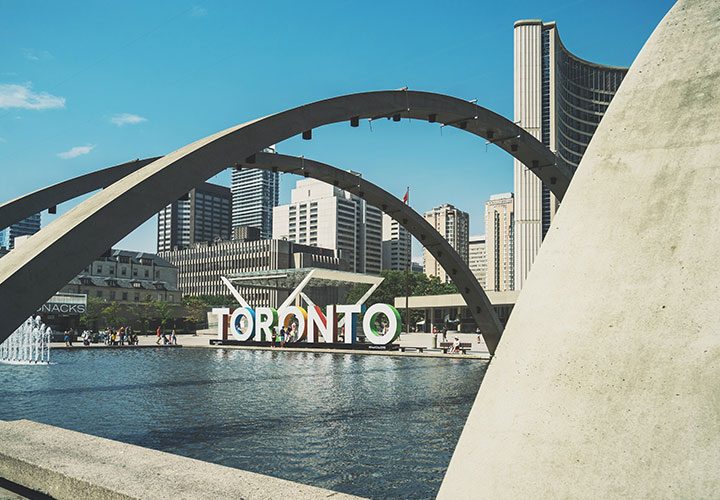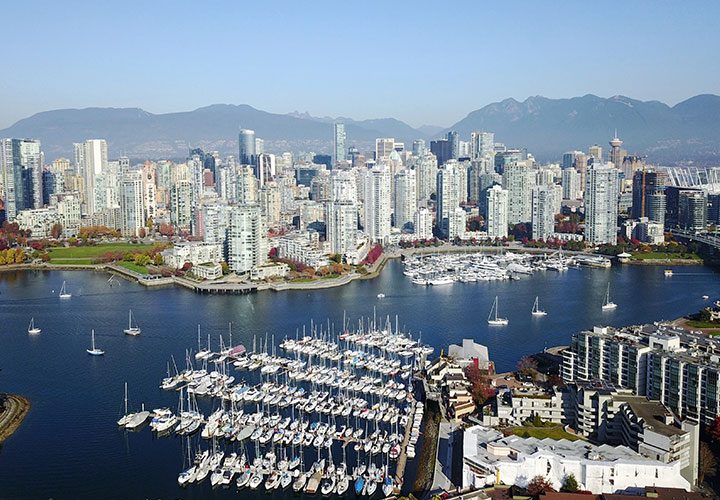Marseille
Marseille is a port city in southern France. The city holds history having been a former fishmonger land, being at the heart of the Vieux-Port. Bordering the Mediterranean Sea, the city is home to lots of activities and scenic routes.
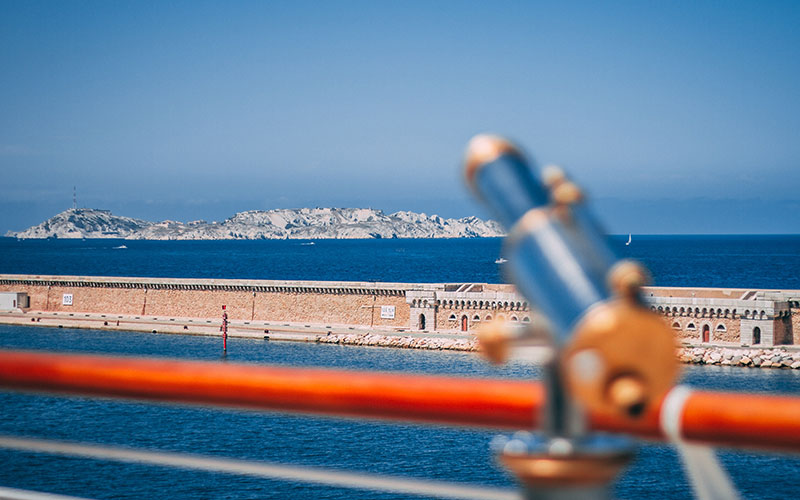
Details
Before visiting any town or city make sure you know the basics. General details and important information.
- Emergency Services: 112
- Language: French
- Currency: Euro
- Country Code: FR
- Travel Visa: None required
- Population: 861,635
Risk Level
Researching various official sources, we perceive the risk to holiday makers and travellers are as follows;
Travellers Tips
Top travel advice and interesting tip bits of information from experienced travellers.
Emergencies
For the Emergency services just dial 112 from any phone.
Hospitals in Marseille
Travelling Around
Marseille is the perfect place to cycle. The Le Vélo bike-share system, means you can pick up and drop off bikes from over 100 stations. These are located all over the city. Cycle around the coastal roads to the beaches. If wanting to experience more of the city, boats can take you from the old port to neighbouring areas. Travelling by car is not easy in Marseille with expensive parking and limited areas. The metro service also offers 2 tram lines and bus links. Running frequently everyday, this makes for great transport.
Train Stations
Marseille Safety
How do I keep up with the local news?
What are some safety tips that I should know?
Ask local advice in your hotel or accommodation for areas to avoid and crimes to watch out for.
Be careful after dark even in central Marseille, as you can become easy prey for muggers.
Don’t go down quiet back streets where you are more vulnerable especially at night.
Don’t leave valuables unattended on the beach or in your car. Be careful around the train station after dark and stick to wide well lit streets, preferably those with CCTV.
Single women can be seen as easy targets and may receive unwanted attention from groups of men. It is best not to engage with these people and dressing modestly can help reduce their unwanted attention.
Try not to look like an obvious tourist and keep your valuables hidden or in your hotel.
What are the common crimes?
Bags can sometimes be snatched from cars in traffic, so keep your doors locked.
Marseille is a large city and has some problems with a sizable poor minority / immigrant population from its suburbs in the north who prey on easy targets like tourists. So watch out for pickpockets in busy areas and muggers in quiet locations at night. Thieves may work in a team to distract you.
Some women report being hassled by groups of rude Arabic / African men who shout and gesticulate at them.
Are there any areas to avoid?
Marseille St Charles train station and the upper end of la Cannabiere are best avoided after dark.
The suburbs in the north, around the 13th and 14th Arrondissements are particularly bad areas with people regularly getting shot in drug / gang violence.
Improve Your Personal Safety
Knowledge – the more you have the better equipped you are.
Awareness – the more you see the safer you become.
Response – the right reaction can change a situation.
Local Traditions
Every culture has its customs and traditions, they have been handed down the generations and are always held in high regards by the local residents.
Annual Ceremonies
Carnaval de Marseille
Marseilles annual spring carnival takes place in mid march and is a lively street carnival attended by 100 000 plus revellers. The streets are lined with people who come to cheer along the precession of brightly decorated floats, followed by musicians, dancers and outrageous costumes! The carnival takes place around Marseilles old dock, starting on the south side at the Qaui de Rive Neuve and marching around the sides to eventually finishing with a grand finale of performance in front of the Hotel de Ville.
Annual Events
Annual events allow a city come together for some amazing experiences. If visiting at this time, make sure you have your accommodation booked and are always aware of your surroundings when travelling around.
Marseille Events
Marseille International Festival of Documentary Film
This annual documentary festival takes place each summer in July and features around 150 films in both french and international languages. These are shown at various venues around the city including cinemas, theatres, art galleries and outside screenings. The festival shows films grounded in life, which bear witness to the pertinent, rebellious, unexpected and daring stories from the world around us.
Marseille International Fair
Every year around 1500 exhibitors come to Marseille’s 17 hectare exhibition venue. The site is split into 27 centres under main themes of home, design, gastronomy, travel, culture and crafts. Over the 11 days of the fair, 400 000 people visit enjoying activities such as a cow parade, fashion shows, gastronomic delights and the many exhibits from around the world.
Fete de Vent; Marseille’s Wind Festival
Celebrations for the infamous Mistral winds which often blow over Marseille. The Mistral blows from the north west characterised by cloudless skies and cold dry wind up to 90kmh. On Marseilles Parc Balneaire du Prado, a popular 1km landscaped beach park 1000s of people from across France and around the world gather every autumn, to fly, build and fight 100s of kites in a colourful celebration of the wind.
Marseille Highlights
Where else is good to visit?
Notre-Dame de la Garde
Built to the south of the old port and standing on Marseilles highest point 149m above the sea, this Catholic basilica is a major local landmark enjoying views across the city and Gulf of Marseille. The current building was completed in 1864 and is built in alternating layers of dark green limestone and pure white limestone. It has a broad, plain, fort like bottom section, topped by a tall, ornate, Byzantine church. The upper church has a high square bell tower with an 11m gilded Madonna and Child at one end and an octagonal domed transept at the other. Inside the church there are many varieties of coloured marbles and multicoloured pictorial mosaics.La Canebiere
As Marseille’s longest high street, it was built by Louis VIX in 1666. Running from the cities historic old port in the west for 1km to the east. La Canebiere’s heyday was the late 19th and early 20th century during Frances Third Republic and with its grand buildings, commerce and rich intellectual life, la Canabiere was well known for its culture and was a symbol of Marseille. La Canabiere is a link back to France’s grand days of empire, when Marseille was its major port for the nations ambitions of a global empire.Abbaye Saint Victor
Named after a 6th century local Roman soldier who became a saint and martyr, the Church of Saint Victoire has an imposing Romanesque fortress like construction with a much older crypt underneath. The crypt contains early Christian tombs and sarcophagi which date from as early as the 6th century.Are there any cultural attractions?
Cathedrale de la Major
Overlooking Marseilles new port and a short walk from the old port stands Marseilles Cathedral de la Major. Begun in 1852 at the instigation of Napolean Bonaparte, the cathedral was not finished until 1893. Built at a time of French expansion in the orient and looking out over the port which served this, the cathedral was a statement of Frances wealth and power looking eastwards. The buildings byzantine inspired architecture is grand, with high 70m domes and towers ornamenting its lower central nave. Built from local limestones layered in horizontal stripes of dark and light it is a striking large and ornate building said to rival St Peters Basilica in Rome.Museum of the Civilisations of Europe and the Mediterranean
Marseilles “museum on the med” opened in 2013 as part of Marseille’s year as European Capital of Culture. The museum is located in a small dock north of the old harbour and is contained in the new J4 building in the dock and the historic Fort St Jean, the docks old fortifications. The new J4 building is remarkable in appearance, being a massive low cube with two sides and its roof made from a lacy, organic mesh of black concrete, that is both futuristic and alien looking. A high narrow footbridge, 115m long crosses the water connecting the old white fort to the black futuristict cube.Les Parcs et Palais Longchamp
Built in 1869, the Palais Longchamps is a monumental water park to commemorate the completion of Marseille’s canal. This long awaited engineering feat carries water 81km from the Durance River, via 17km of underground tunnels and 18 viaducts to satisfy the cities summer droughts. So pleased were the Marseillais with its completion that they built this large park with ornamental gardens and a grand Palais in front. The Palais has two wings housing a natural history museum and an art gallery which are centred upon an elaborate fountain. The extensive gardens behind the palais contain; a classic jardin a la francaise, an English landscape garden and picturesque pavilions and animal houses from a 19th Century zoo.What are the main attractions?
l’Estaque
To the north west of Marseille and now absorbed by the city, is the old fishing village of l’Estaque. Both a humble fishing port and working class town, it lies between the sea and the chain de L’Esataque, some craggy limestone hills behind the coast. Well known for its popularity with artists including Cezanne and Renoir, who delighted in painting here, enjoying the quality of light, scenic views and the character of its buildings. Easily accessible from Marseille by train across the elegant stone Viaduct Estaque, you can enjoy the beaches, restaurants and cafes, visit the 17th century fortress Chateau Fallet, and visit the Notre Dame de Gallina, an 11th century chapel.Marseille Old Town (Pannier)
Walk north of the old port and you will find yourself in a warren of narrow paved streets amongst tall thin houses in Marseille’s old town. Hidden here are the Place de Lench, a historic square lined with shops and bars and the Place des Moulins, site of the cities old flour mills and with brightly painted pastel houses. Le Pannier is where Marseilles originally began and is the location of the Greek city of Massalia built here in 600BC and has seen 26 centuries of occupation since.Marseille’s Beaches
Marseille’s beaches can be split into 2. The remote beaches to the north on the Blue Coast and the urban beaches to the south. The Blue Coast area runs for some 20km westwards from Marseille and is a hilly terrain with small beaches in rocky coves. This area is quiet and rugged though it is necessary to hike or drive their to enjoy it. The beaches to the south of Marseille are urban and while attractive can suffer from pollution, depending on the wind direction. There are many small beaches in rocky inlets as well as a 3km stretch of landscaped beaches and parks in a shallow bay. There are excellent facilities on the large beaches with showers, swimming pools, bars and restaurants and sporting facilities for sailing, canoeing, windsurfing and beach sports.Are there any outdoor attractions?
Massif de la Sainte-Baume
A high mountain ridge 20km inland to the east of Marseille. The massif is sculpted from layers of limestone and rises from deciduous woodlands in a 13.3 km rocky ridge of high mountain peaks and steep cliffs. The forests are remarkable for their beech, oak and scotts pine trees and the ridge is popular for its walks and high cliffs. Also here are a large network of underground caves and in particular the cave of St Mary Magdalene has been a revered place of pilgrimage since 870.Parc Nationale des Calanques
Frances 2012 national parc around an impressive series of fjord like, steep sided limestone valleys or calanques, along the coast south east of Marseille. These rocky calanques dominate the coast line for 20km between Marseilles and Cassis providing a popular tourist attraction, with panoramic vistas, rugged hiking trails and steep cliff edges. The Calanques are also home to an interesting and diverse ecosystem of over 900 plant species thriving in its arid and nutrient poor environment. Submerged in the Calanques are the Cosquer Caves, currently 37m below the sea.Montagne Sainte-Victoire
Inland to the north of Marseille is the Montagne Sainte-Victoire, a Grand Site de France. This is a rocky limestone ridge rising to over 1000m high and stretching for 18km above flatter lowlands. Popular with tourists for its walking, cycling, climbing and paragliding, these mountains also feature in 60 works by the impressionist artist Paul Cezanne. Notable is the mountain Priory of Sainte-Victoire, built at 888m on the Saint-Victoire mountain with origins in the 5th century and the 1875 Croix de Provence, a stone cross standing 19m perched on the ridge.


